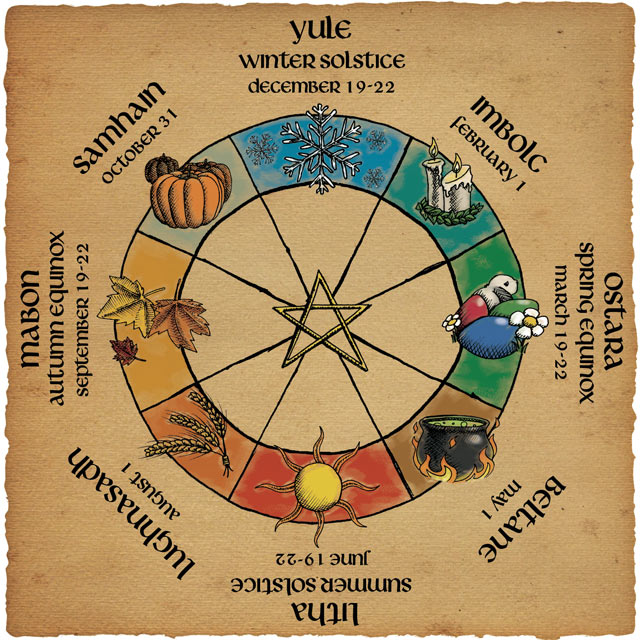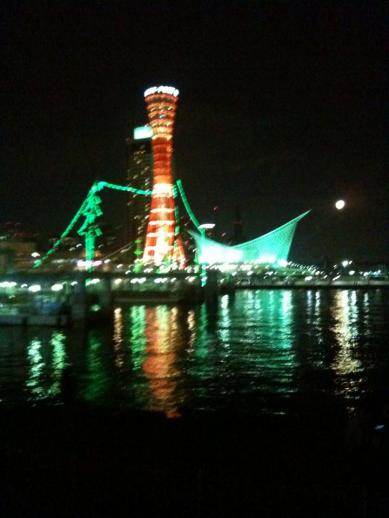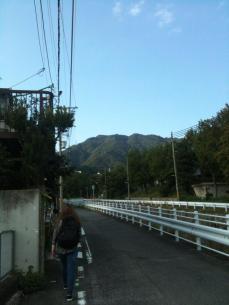What is Paganism?
Some refer to Paganism as “the old religion”. I am inclined to both agree and disagree. Paganism is a broad label that incorporates many different religions. The definition given by the pagan federation is as follows;
Definition of Paganism: A polytheistic or pantheistic nature-worshipping religion.
The reason for the confusion is that many who choose to worship more ancient religions usually fall under these conditions. It also has to be said though that there are two branches in at the very least in my personal opinion to Paganism.
The first branch is what is commonly referred to as “Neo-Paganism” literally just meaning; “New Paganism”. This is when Paganism is used in the way above.
The second is when Paganism is followed as it’s own defined religion. In this case Pagan follows very closely with the old religious practices of western Europe (primarily). Wicca is specifically “the old religion” that worships the goddess/gods and practices witchcraft. Usually many Pagans will cross-over with Wiccan, although not all Pagans believe in or preform witchcraft thus not defining themselves as Wiccan but they will follow the “Wheel of the Year” in celebration of the Earth and the Gods along with the Wicca Religion.

This is the biggest reason for the crossover is that both follow this same Celtic Calendar and both follow closely with Celtic practices. Due to following such similar practices Paganism as well could be rightly defined as “The Old Religion” but it shouldn’t be confused with Neo-Paganism because as the Neo implies it’s rather new.
In summary, Paganism is both a label accepting all nature-loving polytheistic religion and defining it’s followers, and it is a Religion unto itself, usually taken on by the youth of Celtic heritage to rediscover their roots and be closer to the Gods and the Earth. The two do also play into one another, Paganism can lead to other paths, and a formerly undefined spiritual view that falls into Paganism can progress to following Pagan Practices.
No matter the God or Gods you follow, blessings to you.


















